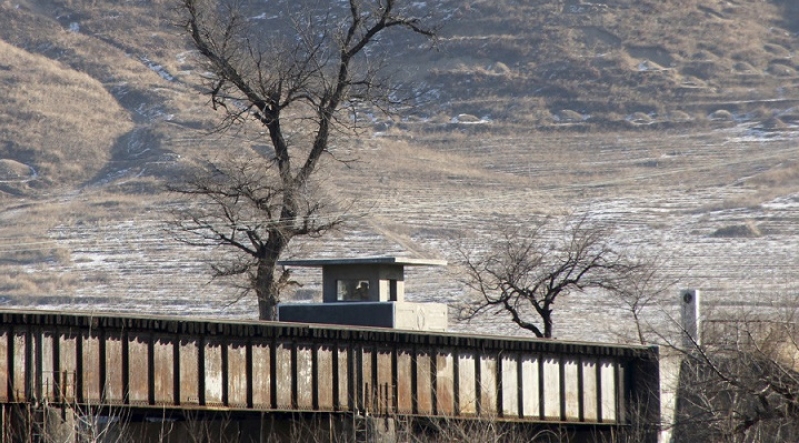
New satellite images of the two most notorious North Korea prison camps show undeniable proof that the government, while persistently denying the existence of such camps, continues to upgrade the torturous facilities that appear to be “very much in working order.”
A new report released by Amnesty International, which focuses in particular on two camps or kwanliso -- kwanliso 25 and kwanliso 15 -- shows the new satellite images differed from those released by the U.N. Commission of Inquiry in 2014.
Among these differences is the presence of six additional guard posts scattered throughout the camp and improved roofing for a reported crematory for kwanliso 25. The old guard posts also appeared to have been maintained.
These changes indicate that the government continues to spend for and invest in maintaining and upgrading the prison camps, which “strongly suggest that Camp 25 remains an active detention facility.”
“These camps constitute the cornerstone of the country’s large infrastructure dedicated to political repression and social control that enables widespread and systematic human rights abuses,” the report said.
The satellite images also revealed “ongoing agricultural activities” from 2014 to 2016, and people could be seen working the land.
“In imagery from May 2016, people are visible harvesting crops from a field within the prison’s perimeter which, along with the construction of a mill and probable mine are consistent with the ongoing and expansion of labour-intensive activities in the camp,” the report said.
Most of the prisoners in the camps are not the offenders themselves but are being punished for “guilt by association” with a person that the government considers a threat.
In 2009, the Korean Bar Association published a compilation of testimonies of prison camp survivors, according to the Washington Post. The testimonies said prisoners in the camps usually worked 12 to 15 hours per day. With very little food rations, they suffered from malnutrition; many of them lost their teeth, their gums turned black and their bones became weak.
Years of prison camp labor left much of them hunched over at the waist as they grew older. Each prisoner was given just one set of clothes; they had no socks, soap or even underclothes.
Such harrowing conditions led prisoners to die from sicknesses caused by malnutrition, the report said.
Prison guards designated the jobs for each prisoner based on their hometown, occupation before imprisonment, health and connections, according to former camp prisoner Hyuk Kim, who had defected to South Korea in 2001. Kim was tasked with moving packages to and from the Jungeori railway station. Others were assigned to farming, construction, mining and logging.
Kim said the prisoners were made to work all day with very little food rations, mostly of corn and soya beans. He survived by catching rats and eating them raw after drying out the meat, as cooking them would alert the prison guards and would likely result in a harsh beating.
“At Jungeori, there was no sense of being human, if you thought you were a human being, you couldn't live there,” Kim said. “You were like an animal. You do the hard labor you were ordered to do, that’s it. No thinking. No free will. Just fear.”
Aside from forced labor, incidents of rape, torture, deliberate starvation, infanticide and executions in the prison camps have been reported.
Amnesty International said North Korea has “consistently denied access to human rights observers, researchers, and others, hampering the investigation into the abuses committed in the camps and the rest of the country.”
“However, the infrastructure required to commit the abuses documented by Amnesty International, the Commission, and others is so massive as to be observable from space,” the report said.







